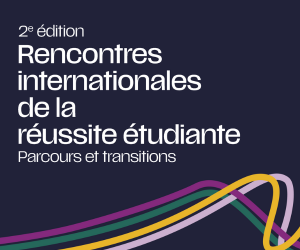Articles
A WIND OF CHANGE AT CHAMPLAIN REGIONAL COLLEGE
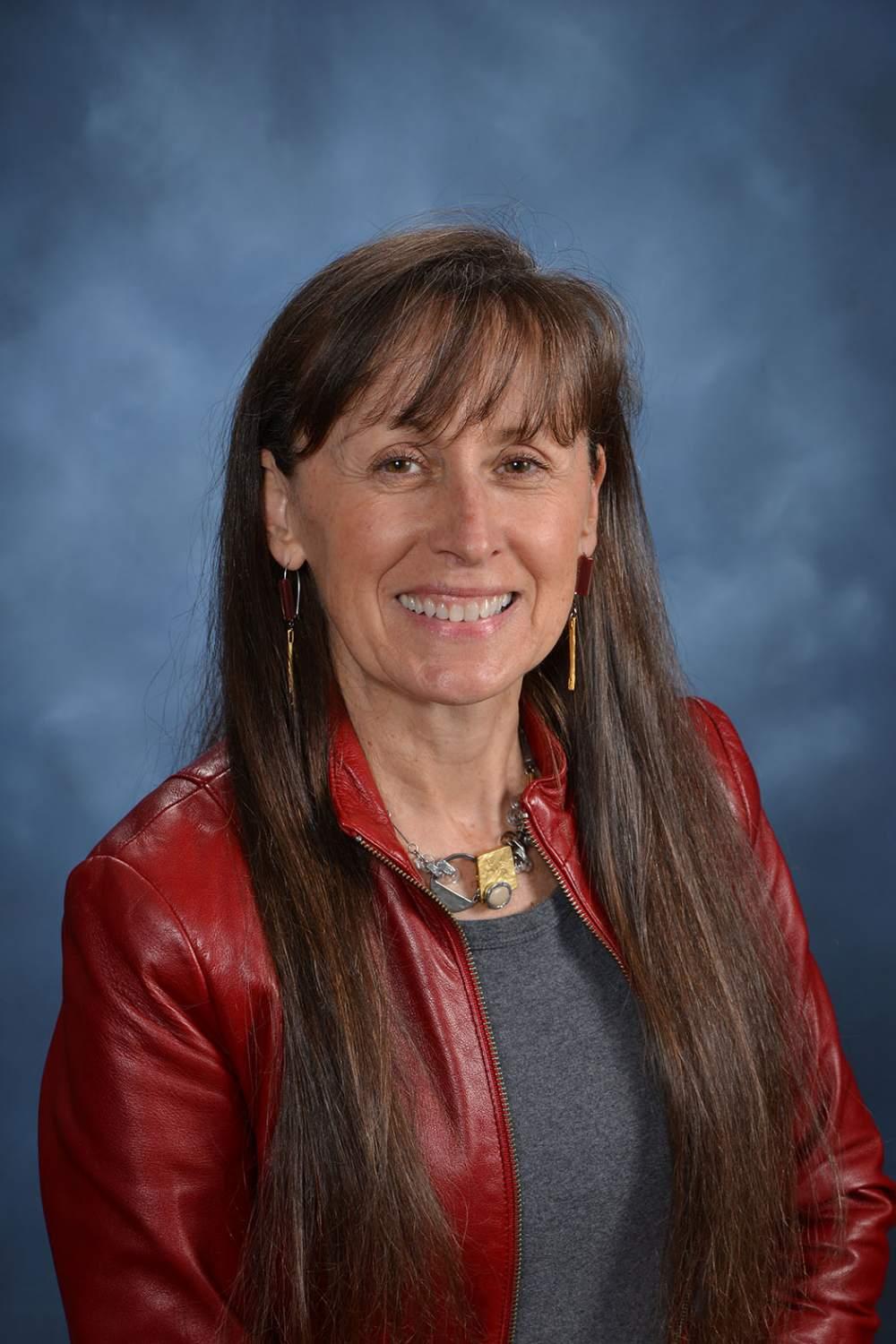
In office since August 1, 2016, the new Director General at Champlain Regional College, Odette Côté, is no newcomer to the college network.
In addition to holding a bachelor’s, master’s and doctoral degree from Université de Montréal, Ms. Côté is a graduate of Dawson College. Her background includes 10 years of teaching at Inter-Dec College (a branch of LaSalle College) and at the International Academy of Design. In 2001, she accepted a teaching position in Interior Design at Cégep Saint-Jean-sur-Richelieu, where she taught, coordinated her department, and developed several international projects. In 2011 Ms. Côté joined Vanier College as Faculty Dean, where she oversaw regular day programs and continuing education for the Faculty of Social Science, Commerce, Arts & Letters, and Music. More specifically, she was responsible for assuring the quality of programs and managing departments under her purview. She was also responsible for overseeing the educational activities as well as the human, material and financial resources for 3,600 students, 20 coordinators and 250 teachers.
In 2014 she was recruited as Director of Studies at Cégep de Thetford, a position in which she successfully carried out a myriad of projects as the head of regular day programs, continuing education, and student services. In all, a rich teaching and management experience in small, medium and large colleges.
Champlain, the only multiregional college in Quebec
How does a multiregional college like Champlain operate? Ms. Côté explains that the college is made up of three campuses (Lennoxville [Estrie], St. Lambert [Montérégie] and St. Lawrence [Capitale-Nationale]). “All three institutions are under the supervision of their respective Campus Directors and are relatively autonomous in their ways of doing things. The administrative office in Sherbrooke [4th campus] supports all three educational communities, as well as student activities, in a variety of ways. The Director General’s Advisory Committee (DGAC) meets regularly to ensure the development and sound management of the college along with the quality of programs and services offered to students. Beyond meeting the specific needs of students, each campus also contributes to the socio-economic development of its region.”
The Director of Studies at Champlain Regional College works in collaboration with the Academic Deans, who are responsible for managing the educational services at each campus. The rest of the structure is comparable to those of other institutions in the college network, i.e., program coordinators, pedagogical counselors, academic advisors, dean of student services, and so on.
The Board of Governors is closely connected to all four components of Champlain Regional College. The Director General states that, “We hold board meetings at the different campuses in order to allow members to tour the different campuses and get to become familiar with their reality. This way they get a chance to see all the wonderful things that go on at each campus and acknowledge our contributors to student success. We also alternate with videoconferencing in order to cut down on travel time.”
What are the advantages of the current structure?
We asked Ms. Côté to explain the advantages of having a multiregional college. “There’s a natural concept of grouping services together to generate savings, as with the Fédération des cégeps and the Centre collégial des services regroupés (CCSR). In many colleges, multiple budget cutbacks over the years have resulted in cuts to student services. For Champlain, economies of scale, development possibilities, and the pooling of expertise, services and costs are all ways to maintain services to students, which is our number one priority.”
Committed to staying close to the field
Ms. Côté holds a master’s degree in architecture and a Ph. D. in environmental planning. Among other things, she has worked on well-being in spaces. “I like to be close to the people, to keep an ear to the ground,” said Ms. Côté. “My goal is to work with people in the community in order to continually enhance the quality of programs and services offered to students, and to effectively and efficiently manage the resources of Champlain Regional College.”
The new Director General visits the campuses every week and takes part in student and development-related activities together with the campus directors. She cultivates proximity with the students, teachers and management—a proximity that she has known as a teacher and director at other colleges.
How to successfully develop a common culture in spite of distance constraints?
For the Director General, Champlain Regional College’s culture resides in its diversity. Ms. Côté plans on proposing a growing number of common projects, and is currently developing a consortium between the three campuses to foster e-learning. “Many English-language colleges in Canada have made significant strides in this direction. I also intend to propose common projects at the international level.” As part of a recent delegation to China, she has signed two agreements with Chinese colleges in order to explore avenues for the three campuses in terms of student recruitment, student and teacher mobility, as well as the export of knowledge.

Mr. James Shufelt, Chairperson of the Board of Governors, points out that “Champlain Regional College has a time honoured tradition of excellence and a well-established reputation across the Quebec college network.
Its popularity is reflected by the impressive number of admissions applications for all three campuses. Future students of the Lennoxville, St. Lambert and St. Lawrence campuses choose Champlain above all for the quality of its academic programs, the quality as well as diversity and reputation of its sports and cultural programs, and the institution’s unique culture. Since the college was founded, the three campuses have produced thousands of graduates who have gone on to forge their paths as important members of our society.”
“I myself graduated from Champlain,” Shufelt added, “and I’ve been sitting on the Board of Governors for six years as well as being Chairperson since the fall of 2016. It’s no coincidence if I’m so involved. I deeply believe in this college and the values it has been upholding for over 40 years. The staff are passionate about their work and take student success and the development of the college to heart. There is so much we can do for our students if we pool together all our strengths and work together.”
“Only by consistently evolving and making it a point to strive for improvement on an ongoing basis can we continue to provide our students with the best possible education, one that will enable them to become accomplished citizens of the world,” explains Mr. Shufelt.
________________________________________
The College’s General Profile
Champlain Regional College is the only English-language college with multiple campuses, serving three administrative regions: The Capitale-Nationale (03), the Estrie (05), and the Montérégie (16). The Québec government defines the College as a single corporate entity, which the Board of Governors respects when dealing with issues of governance and finance. However, one of the College’s greatest strengths is the Board’s appreciation for each campus’ distinct culture and traditions, and its recognition of their unique circumstances and needs.
At Champlain Regional College, we believe that our size is our strength ! Together, the synergy created through the exchange of ideas and knowledge across our three campuses makes Champlain richer and more dynamic. At the same time, each of our campuses offers a very personal experience where teachers can take the time to get to know their students and give them personal attention and feedback.
CHAMPLAIN’S CAMPUSES
Each campus offers a unique and rich experience to its students based on its particular history, culture, and traditions.
While each campus is based in an administrative region, it is important to note that CEGEPs have “open borders” and serve all regions of Québec. For example, our St. Lawrence and Lennoxville campuses regularly welcome students from the eastern regions of Québec, such as the Côte-Nord and Gaspésie.

St. Lawrence Campus
The St. Lawrence Campus is located in the borough of Sainte-Foy, adjacent to Québec City. With approximately 950 students, it is the only English-language college campus based in the Capitale-Nationale, which also includes three public francophone CEGEPs. It offers primarily pre-university programs, but it is also home to the P.W. Sims Business Program, a thriving technical program providing the possibility of advanced standing at several universities. St. Lawrence also offers a bilingual DEC in Tourism in partnership with Cégep Limoilou.
This small, intimate campus, in the heart of the Québec City area, offers students the opportunity to enrich their language skills through outstanding academic and cultural experiences, as well as some unique sporting activities that include a nationally recognized golf team. With over 50 years of history in the Québec City region, St. Lawrence is a key institution of the local English community. Other languages also have an important place at St. Lawrence, which offers courses in Spanish and German, and organizes an annual international trip to several European countries.
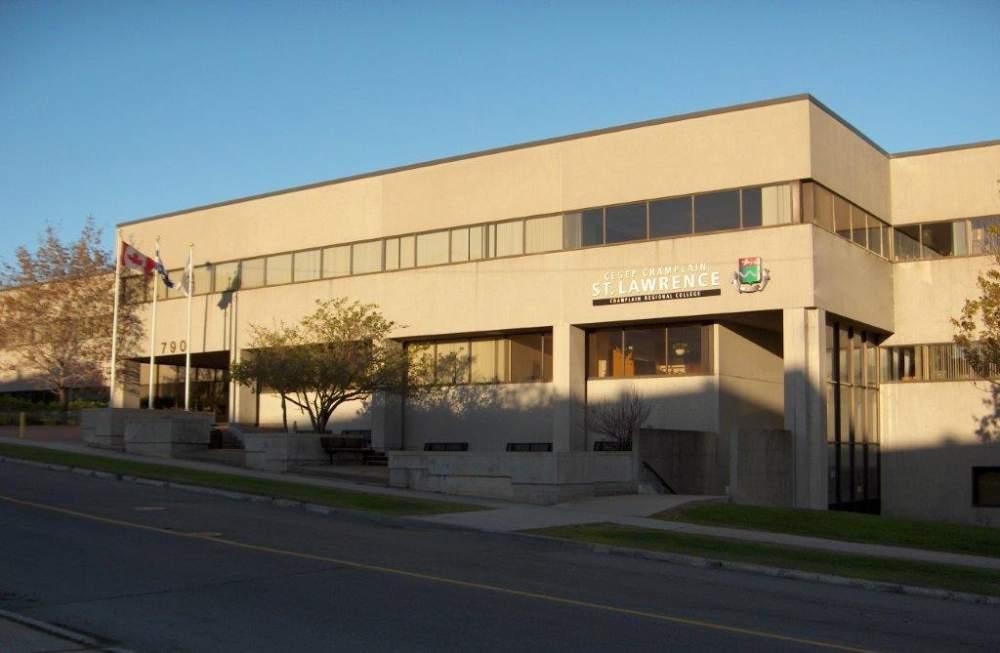


Lennoxville Campus
The Lennoxville Campus is located in the borough of Lennoxville, within the city of Sherbrooke, where it shares the campus of Bishop’s University.
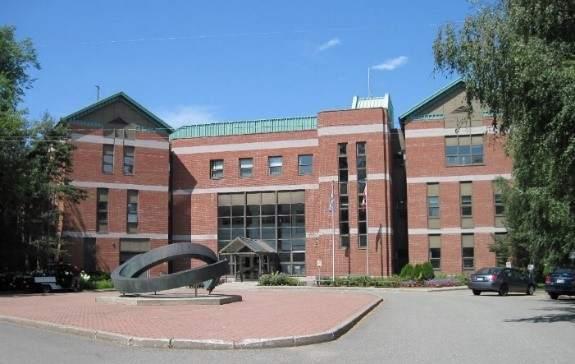
With approximately 1,250 students, it is the only English-language college campus based in the Eastern Townships, a region which also includes one public francophone CEGEP and one private francophone college. Champlain Lennoxville offers pre-university and technical programs, as well as tailored Continuing Education services to serve the needs of local businesses and a growing adult clientele. The scenic Eastern Townships rural setting has proven to be very attractive to increasing numbers of students who seek an alternative to continuing their post-secondary education in an urban environment. Champlain Lennoxville offers its students high-calibre facilities; library, classrooms, laboratories, athletic complex, and dining services are shared by college and university students. Given a significant number of students from outside the Sherbrooke-Lennoxville area, the campus includes a 317- room, apartment-style residence complex, where the comforts and privacy of residence life can be enjoyed.
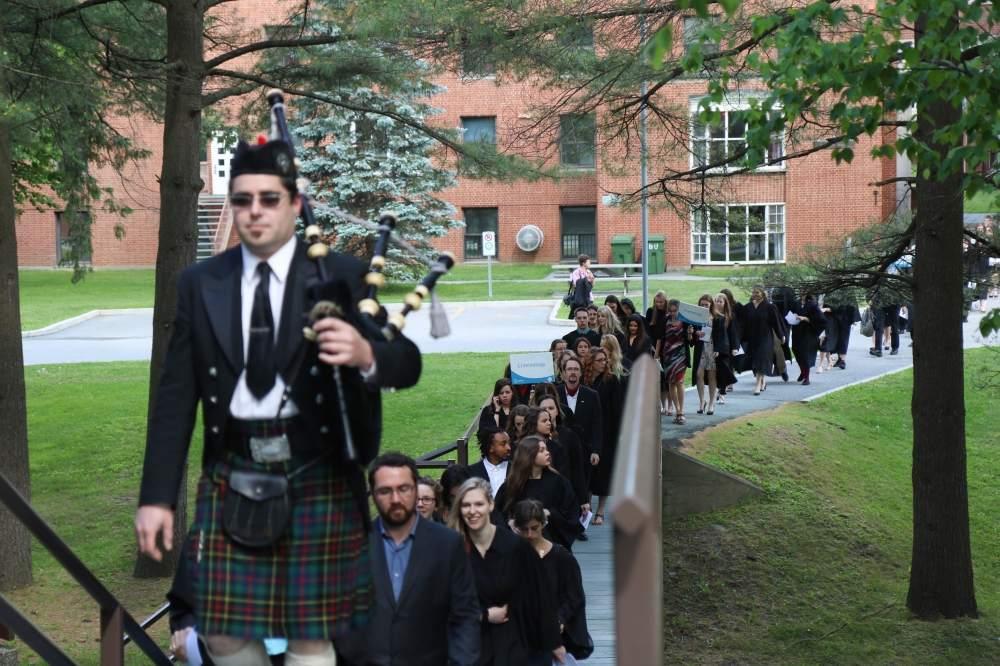


Campus St. Lambert
The St. Lambert Campus is located on the border between the municipalities of Saint-Lambert and Longueuil, on the South Shore of the Island of Montréal. With approximately 2,840 students, it is the only English-language college campus based in the Montérégie, which also includes six public francophone CEGEPs.

St. Lambert offers a wide variety of both pre-university and technical programs through the regular division, as well as attestation of studies (AEC), recognition of acquired competencies (RAC), and non-credit courses and activities through the Continuing Education division. In 2013, the Québec government recognized the College’s expertise by designating our St. Lambert Campus as one of four Centres of Expertise for the Recognition of Acquired Competencies (CERACs) serving Québec’s forty-eight colleges by promoting quality and innovation. These services allow individuals who have gained expertise in the field to have their experience recognized towards college certification. The St. Lambert Campus is within a short 10-minute walk from the Longueuil-Université de Sherbrooke metro station, just a single metro stop from Québec’s metropolis, Montréal. Students come from diverse cultural backgrounds and speak a variety of languages, which provides the Campus with a friendly, enriching and multicultural environment where students meet new people and live new experiences.






